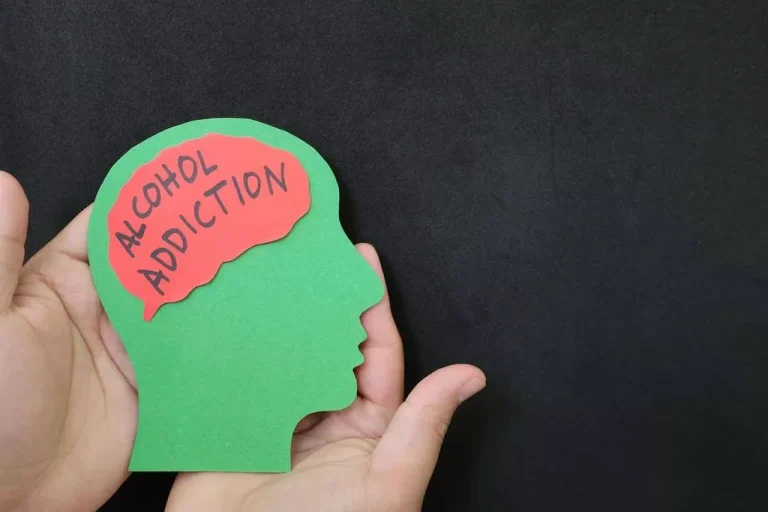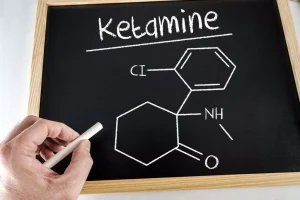
An animal study on axonal transport in vitro using dorsal roots of the sciatic nerve showed decreased axonal transmission after long-term ethanol consumption [106]. In vivo study on rats showed impaired retrograde axonal transport [107, 108]. Thus, ALN might be induced by the combination of the effects of the direct activity of alcohol metabolites on the nerve fibers along with nutritional deficiencies alcohol neuropathy stages primarily in a form of thiamine deficiency. In one clinical study, aimed at studying distinct clinicopathologic features of alcoholic neuropathy, 64 patients were assessed. In 47 of these patients sural nerve biopsy was performed, with discrimination in terms of their thiamine status [3]. The ethanol consumption of these patients was more than 100 g day–1 for more than 10 years.
The role of inflammation
- A person who drinks alcohol excessively may start to feel a tingling sensation in their limbs.
- Thus, deficiency of these vitamins was felt to be unlikely in Danish beer drinkers at that time and, indeed, measured vitamin concentrations were mostly normal.
- They work to send signals throughout the central nervous system and the rest of the body.
Not being able to tell when things are too hot because of the way the nerve damage interferes with the ability to sense temperature changes can make one more susceptible to burns. In the same manner, numbness and lowered ability to feel pain sensations can make people more apt to cut themselves or otherwise damage the skin. Often, individuals may not even realize that they are burned or cut because they just don’t feel it, which can elevate the risk for infection.

Symptoms of Alcoholic Neuropathy
Overconsumption of alcohol may directly harm and hinder the nerves’ ability to communicate information from one body area to another. The available data addressing the role of hepatic dysfunction is presently inconclusive. It is possible that hepatic dysfunction and alcoholic toxicity each cause neuropathy independently, and that there is frequently overlap between the two. It may also be that comorbid hepatic dysfunction is a risk factor for alcohol-related peripheral neuropathy.
Antidepressants for the alleviation of neuropathic pain symptoms
Ideally, get evaluated for the life-threatening condition—alcohol addiction—first. If that diagnosis is confirmed, you’ll need supervised detox in a hospital, plus long-term counseling to reinvent your life and avoid relapse. Neuropathy, even if it badly impairs your quality of life, is more symptom than illness, and the time to treat it is after the larger problem is under control. Implementing lifestyle changes, embracing early intervention, and moderating alcohol consumption are key components in preventing alcohol neuropathy. Seeking treatment for alcohol addiction is an essential aspect of managing ALN.

Nine studies reported EMG findings in alcohol-related peripheral neuropathy patients. Reduced recruitment pattern of motor units was a frequently reported outcome [16, 28, 67, 70]. Active denervation (presence of positive waves and fibrillations) was also present in the majority of patients. The prevalence of denervation findings on EMG ranged from muscle to muscle, with the highest being in the muscles of the lower limbs suggesting a length-dependent pattern [35, 45, 52, 59]. Alcoholic neuropathy refers to nerve damage resulting from chronic heavy alcohol use.
How to Prevent Alcoholic Neuropathy
- In one clinical study, aimed at studying distinct clinicopathologic features of alcoholic neuropathy, 64 patients were assessed.
- Depletion of glutathione increases the susceptibility of neurones to oxidative stress and hyperalgesia [43, 44].
- Densities of small myelinated fibres and unmyelinated fibres were more severely reduced than the density of large myelinated fibres, except in patients with a long history of neuropathic symptoms and marked axonal sprouting [2].
- In agreement with this, one recent study has confirmed the efficacy of TCAs in central pain [116].
- Ideally, get evaluated for the life-threatening condition—alcohol addiction—first.
- She has over a decade of direct patient care experience working as a registered nurse specializing in neurotrauma, stroke, and the emergency room.
The demyelination is explained as the result of a slowing down (decceleration) of axoplasmic flow and a degradation of the quality of biological properties of axonal enzymes and proteins. This type of degeneration, so called ‘dying-back’, resembles Wallerian degeneration. Ethanol and its toxic degradation metabolites affect neuronal metabolism including the metabolic pathways of nucleus, lysosomes, peroxisomes, endoplasmatic reticulum and cytoplasm [21]. Alcohol enters the blood as early as 5 min after ingestion and its absorption peaks after 30–90 min.

Living with Alcoholic Neuropathy
- Call for an appointment with your provider if you have symptoms of alcoholic neuropathy.
- Up to 46 percent of people with alcohol-related myopathy showed noticeable reductions in strength compared with people without the condition.
- Some of the most common symptoms are numbness or tingling sensation of the extremities, pain or a burning sensation in the extremities, difficulty walking, difficulty urinating, and difficulty talking or swallowing.
Thus, alpha-lipoic acid may have a potential in the treatment of patients with alcoholic neuropathy. The combined actions of catecholamines and glucocorticoids, via their receptors on sensory neurones, demonstrate a novel mechanism by which painful alcoholic neuropathy is induced and maintained. But if you have developed neuropathy as a result of alcohol use, it’s important to stop drinking https://ecosoberhouse.com/ as soon as possible. Professional and peer help through programs such as Alcoholics Anonymous or other substance abuse programs can help you reduce your alcohol consumption. Talk to your healthcare provider about the best treatment plan to start on your road to recovery. This condition is typically not life-threatening, but the nerve damage from alcoholic neuropathy is usually permanent.
Conditions That May Mimic Alcoholic Neuropathy
Here’s what you need to know about the risks of alcohol-related nerve damage and the toxic effects of alcohol. Oxidative stress is known to play a very important role in experimental animal models of neuropathic pain. Lee et al. [36] suggested that reactive oxygen species are importantly involved in the development and maintenance of capsaicin-induced pain, particularly in the process of central sensitization in the spinal cord in rats. Naik et al. [38] suggested the involvement of oxidative stress in experimentally induced chronic constriction injury of the sciatic nerve model in rats. Endoneural oxidative stress leads to nerve dysfunction in rats with chronic constriction injury [39].

Leave a Reply